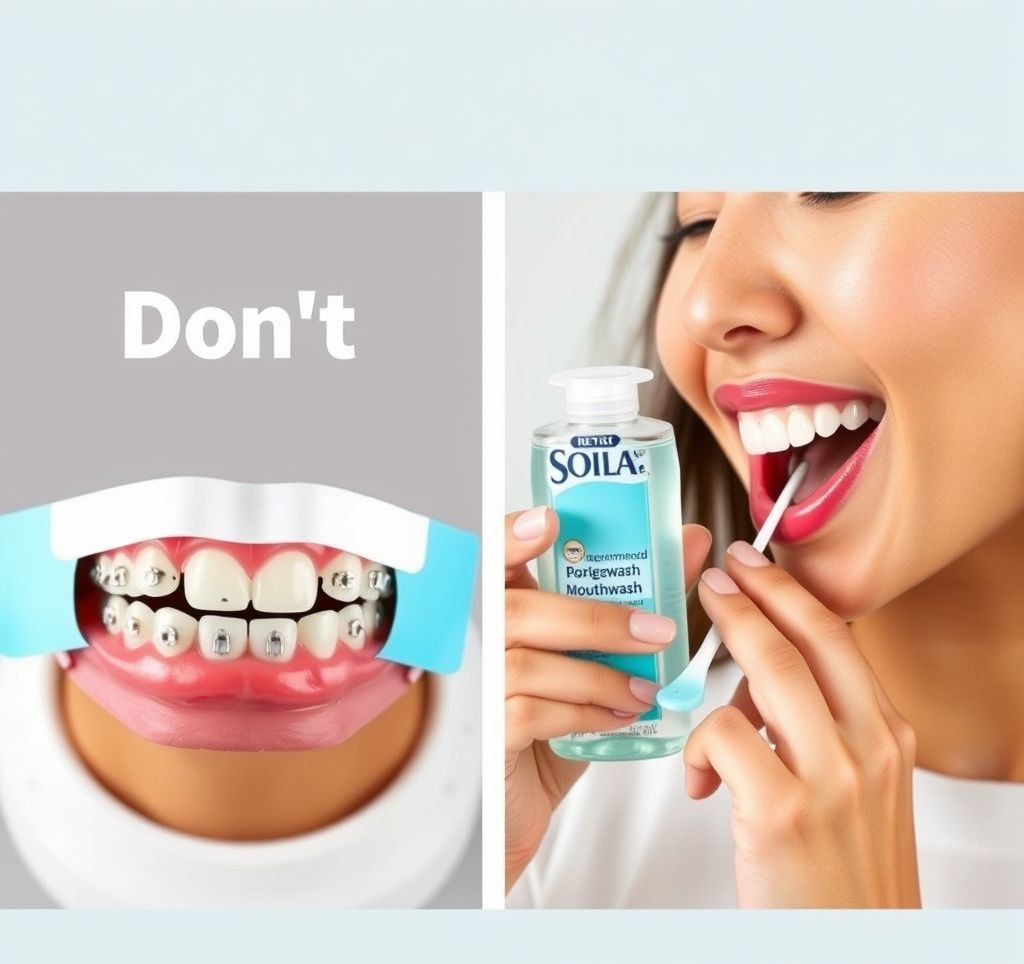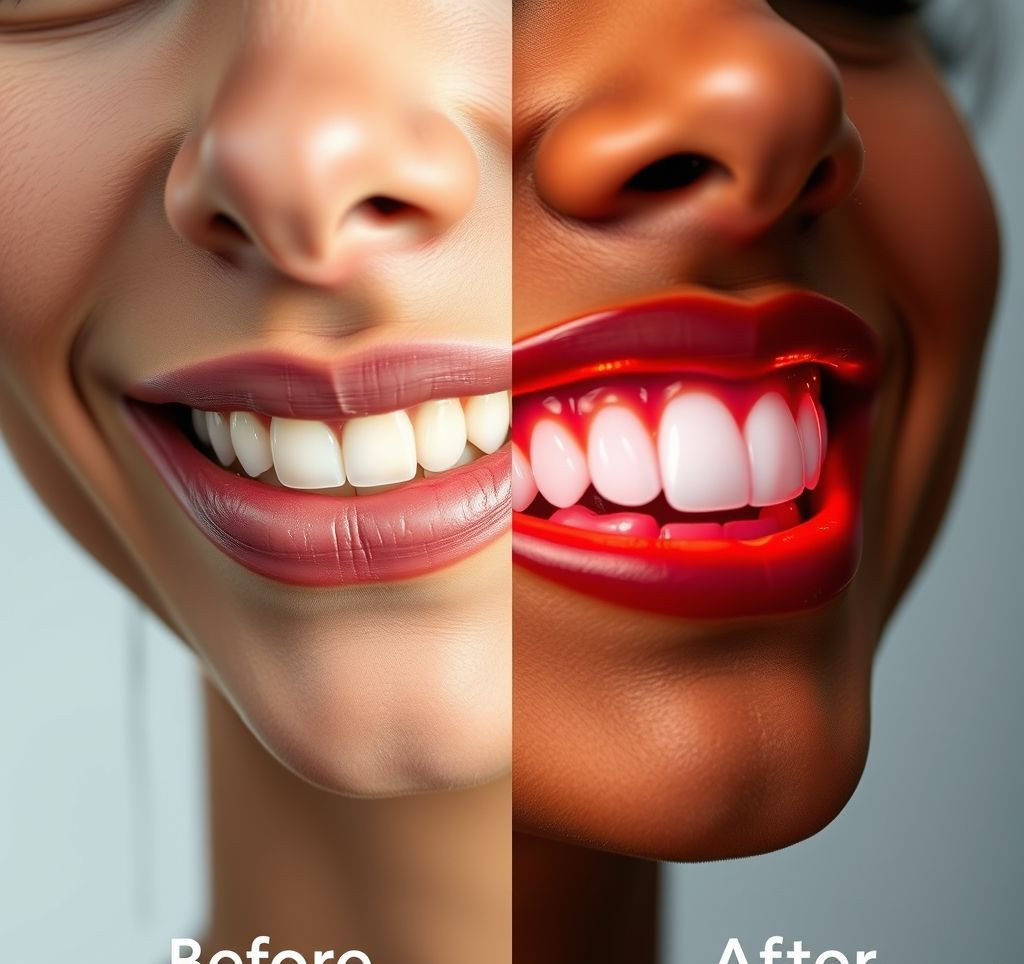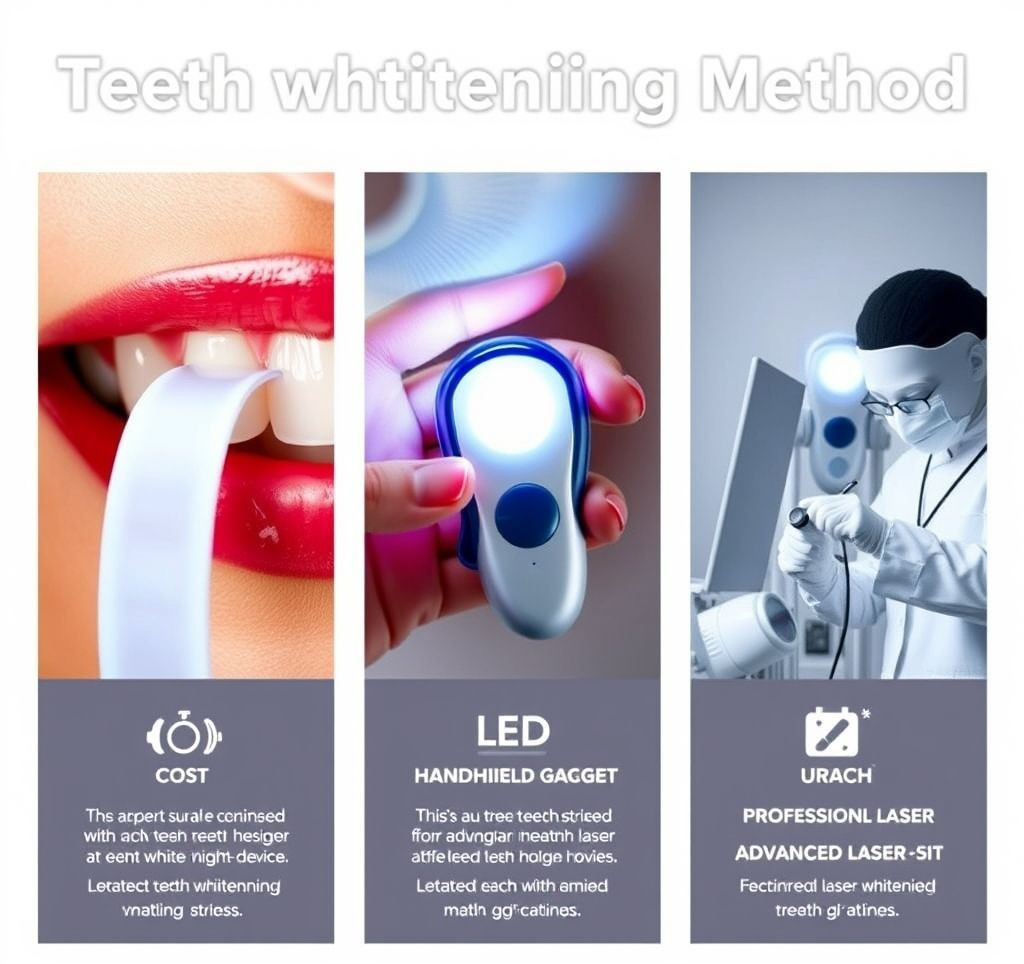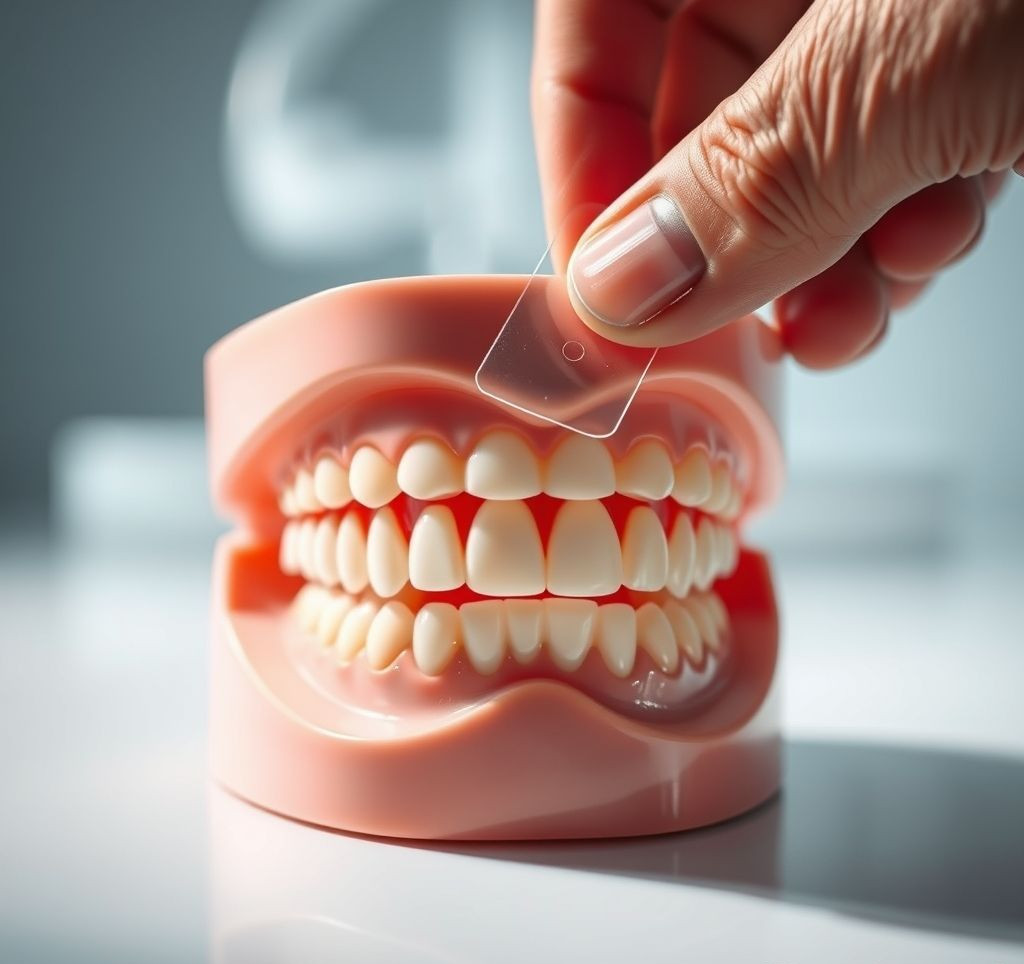Embarking on a journey to a straighter, healthier smile can feel daunting, especially when considering orthodontic treatment like braces for teeth. But don’t worry! This guide breaks down the entire process, from understanding why you might need braces for teeth to knowing what to expect during and after your treatment. Let’s uncover the essentials of achieving your dream smile with confidence.
Why You Might Need Braces for Teeth
The decision to get braces for teeth is often driven by a desire to improve both aesthetics and oral health. Misaligned teeth can lead to various problems. Here’s why straightening your teeth might be the right choice:
- Improved Aesthetics: A straighter smile boosts confidence and self-esteem.
- Easier Cleaning: Properly aligned teeth are easier to brush and floss, reducing the risk of cavities and gum disease.
- Better Bite: Correcting bite issues like overbites, underbites, and crossbites prevents excessive wear and tear on your teeth and jaw.
- Enhanced Speech: In some cases, misaligned teeth can affect speech. Orthodontic treatment can help improve pronunciation.
- Long-Term Oral Health: Addressing alignment issues early can prevent more serious problems from developing later in life. According to the American Association of Orthodontists, orthodontic treatment can result in a smile that is healthier, more attractive, and more likely to last a lifetime.
Core Principles of How Braces for Teeth Work
Braces for teeth work by applying constant, gentle pressure to your teeth over a period of time. This pressure gradually moves your teeth into the desired position. Here are the core components involved:
- Brackets: These are small squares that are bonded to the front of each tooth. They serve as anchors for the archwire.
- Archwire: A thin metal wire that connects the brackets. The archwire is what applies the pressure to move your teeth.
- Ligatures (O-rings): Small elastic bands that hold the archwire in place within the brackets.
- Bands: Metal rings that are cemented around molars to provide a secure anchoring point. Not always necessary.
- Elastics (Rubber Bands): Used to correct bite problems by applying force between the upper and lower arches.
The orthodontist will adjust the archwire and elastics during regular appointments, gradually guiding your teeth into their new positions.
A Step-by-Step Guide to Getting Braces for Teeth
The process of getting braces for teeth typically involves these steps:
- Consultation: Your initial appointment involves a thorough examination of your teeth and bite. The orthodontist will take X-rays and impressions to assess your needs and create a treatment plan.
- Treatment Planning: The orthodontist will discuss the recommended treatment plan, including the type of braces for teeth (traditional metal, ceramic, Invisalign etc.), the estimated treatment duration, and the cost.
- Preparation: Before the braces for teeth are applied, your teeth will be cleaned and prepared. This may involve polishing and etching the teeth surface to ensure proper bonding of the brackets.
- Braces Placement: The orthodontist will carefully bond the brackets to each tooth. The archwire is then placed into the brackets and secured with ligatures or clips.
- Regular Adjustments: You’ll need to visit the orthodontist every 4-8 weeks for adjustments. During these appointments, the archwire will be adjusted or replaced to continue moving your teeth.
- Debanding and Retention: Once your teeth are properly aligned, the braces for teeth will be removed. After debanding, you’ll need to wear a retainer to prevent your teeth from shifting back to their original positions.
Expert Tips & Best Practices for Braces for Teeth
Maximize your orthodontic experience and achieve the best possible results with these expert tips:
- Maintain Excellent Oral Hygiene: Brush your teeth after every meal and floss daily to prevent plaque buildup and gum disease. Use a fluoride toothpaste and an interdental brush to clean around the brackets.
- Follow Dietary Restrictions: Avoid sticky, hard, and chewy foods that can damage your braces for teeth. Cut hard foods into small pieces.
- Attend All Appointments: Regular checkups are crucial for monitoring your progress and making necessary adjustments.
- Protect Your Mouth: Wear a mouthguard during sports or activities that could cause trauma to your mouth.
- Manage Discomfort: Use over-the-counter pain relievers to manage any discomfort after adjustments. You can also use orthodontic wax to protect your cheeks and gums from irritation.
“Orthodontic treatment is not just about straightening teeth; it’s about improving overall oral health and creating a smile that lasts a lifetime.” – Dr. John Smith, American Journal of Orthodontics and Dentofacial Orthopedics
By understanding the process and following these tips, you can confidently navigate your journey to a straighter, healthier smile with braces for teeth.



















